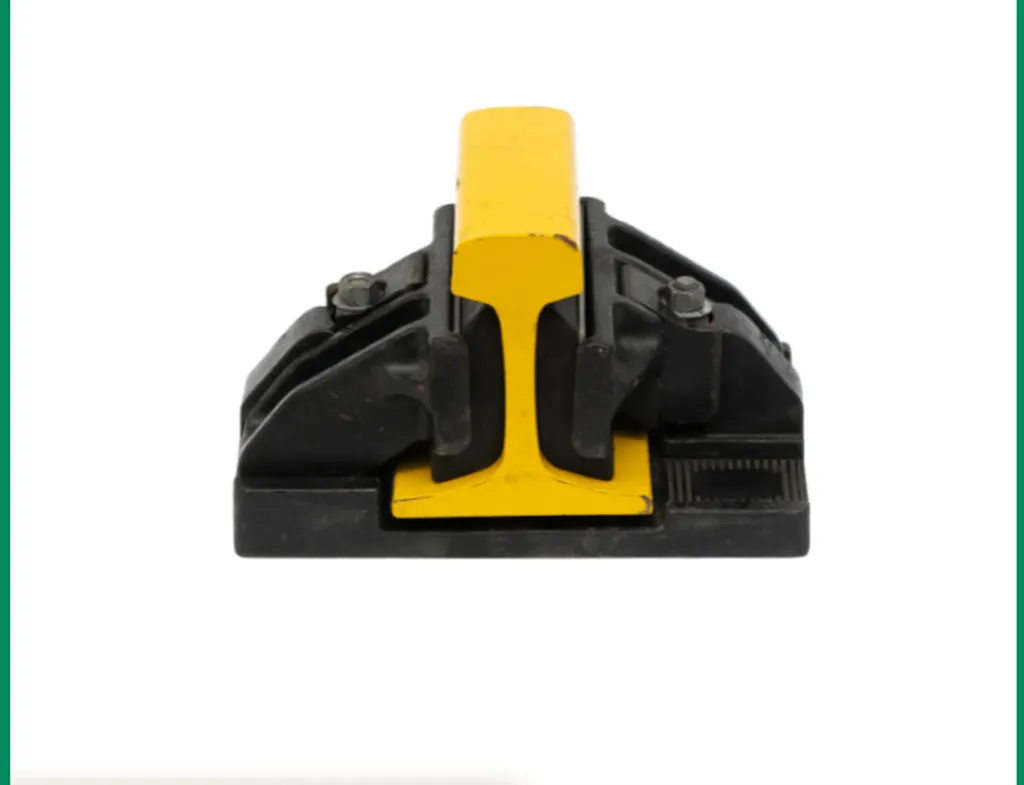In the bustling world of urban rail transit, where smooth rides and minimal noise are paramount, a groundbreaking study has emerged that could redefine the standards of track construction. Led by Jianxun Sun, a researcher affiliated with an undisclosed institution, the study delves into the vibration and noise reduction characteristics of particle damping fastener systems used in prefabricated assembled ballastless track structures. Published in the *Journal of Low Frequency Noise, Vibration and Active Control* (translated as *Journal of Low Frequency Noise, Vibration and Active Control*), this research promises to bring a new level of comfort and environmental friendliness to urban rail systems.
The ballastless track structure, already known for its high smoothness, stability, and low maintenance requirements, is set to receive a significant upgrade. Sun’s research combines particle damping fasteners with prefabricated track structures, aiming to achieve a comprehensive effect on inhibiting environmental vibration and wheel-rail noise. “The vibration and noise reduction are mainly achieved through the particle damping fastener system,” Sun explains, “while the prefabricated track primarily serves as a structural carrier for the particle damping fastener system, providing smooth performance, good constructability, and ease of maintenance.”
To understand the impact of this innovation, it’s essential to grasp the current challenges faced by urban rail transit systems. As cities grow and rail networks expand, the need for quieter, more comfortable, and environmentally friendly transportation solutions becomes increasingly critical. Traditional track structures often fall short in meeting these comprehensive requirements, leading to increased noise pollution and vibration-related issues.
Sun’s study establishes simulation models of typical metro vehicles, prefabricated assembled ballastless track with particle damping fasteners, and tunnel-earth environmental vibration characteristics. Additionally, a wheel-rail noise simulation model is developed, considering the unique characteristics of the track. Through these models, the research analyzes the vibration and noise reduction capabilities of the preassembled ballastless track structure with particle damping fasteners.
The results are promising. By optimizing track structure parameters, the study achieves a vibration reduction of 9 dB and a noise reduction of approximately 1.6 dB. These improvements not only enhance passenger comfort but also contribute to a quieter, more environmentally friendly urban landscape. “The research in this paper can provide a reference for the comprehensive consideration of the smoothness, convenience, comfort, and environmental friendliness of the rail structure of urban rail transit,” Sun notes.
The commercial implications of this research are substantial. For the energy sector, which often intersects with urban infrastructure projects, the adoption of these advanced track systems could lead to more efficient and sustainable transportation solutions. Reduced vibration and noise levels can also translate to lower maintenance costs and extended lifespan of rail infrastructure, offering long-term economic benefits.
As urban populations continue to grow, the demand for innovative and efficient transportation solutions will only increase. Sun’s research provides a glimpse into the future of urban rail transit, where comfort, convenience, and environmental sustainability are seamlessly integrated. By leveraging particle damping fastener systems in prefabricated assembled ballastless track structures, cities can move closer to achieving quieter, smoother, and more environmentally friendly rail networks.
In the ever-evolving landscape of urban development, this research serves as a beacon of progress, illuminating the path towards a more comfortable and sustainable future for urban rail transit. As the industry continues to innovate, the insights gained from Sun’s study will undoubtedly play a pivotal role in shaping the next generation of rail infrastructure.

